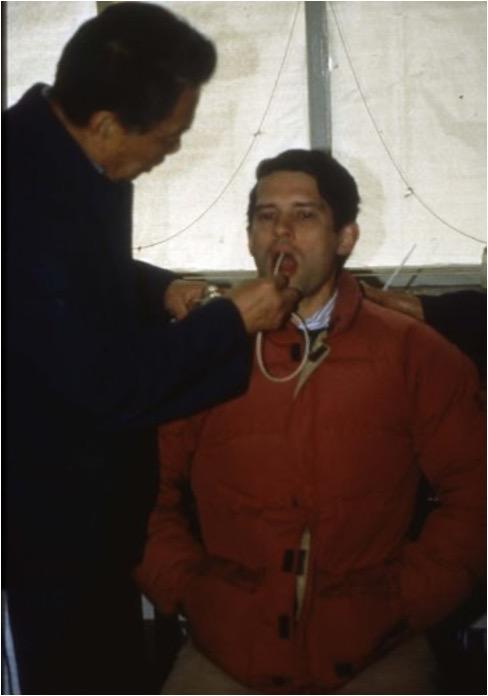The Nutrition Intervention Trials (NIT) were launched in 1985 as randomized controlled trials which tested the effects of multiple vitamin and mineral interventions on total mortality and total and cause-specific cancer mortality in a rural Chinese population. The original goal of the NIT was to evaluate the role of nutrition in the etiology and prevention of upper gastrointestinal cancers in over 32,000 residents in Linxian, China. With the conclusion of the intervention phase in 1991, and the determination that the micronutrient combination of selenium/vitamin E/ß-carotene reduced total mortality, total cancer mortality, and gastric cancer mortality, objectives now include:
- Determination of post-trial effects of the interventions;
- Evaluation of etiologic hypotheses, including nutrition, carcinogens, infections, genetics, and other exposures;
- Studies of natural history; and
- Examination of interactions (gene-environment, gene-gene, and gene-intervention).
In collaboration with the Cancer Institute of the Chinese Academy of Medical Sciences in Beijing, DCEG investigators continue to follow trial participants to ascertain endpoints, conduct nested case-control and case-cohort studies using baseline serum, and perform expanded DNA and biochemical analyses on additional blood samples collected during follow-up. To date, investigators have accrued almost 3,500 esophageal squamous cell carcinoma cases and over 2,500 gastric adenocarcinoma cases among the original 32,000 subjects.
For more information, contact Christian Abnet.
